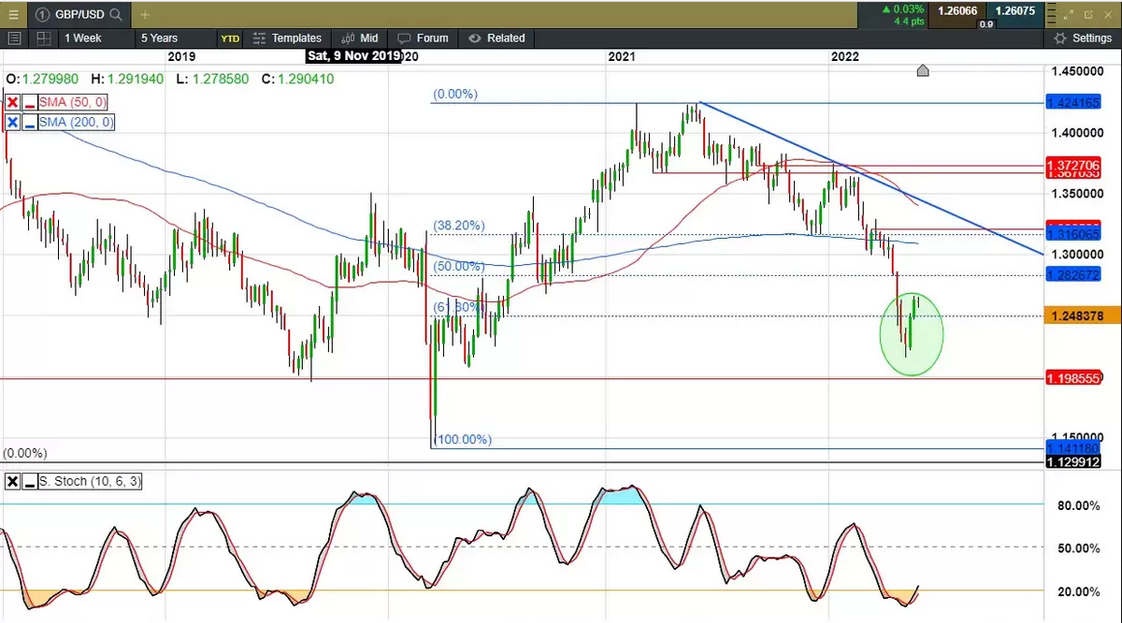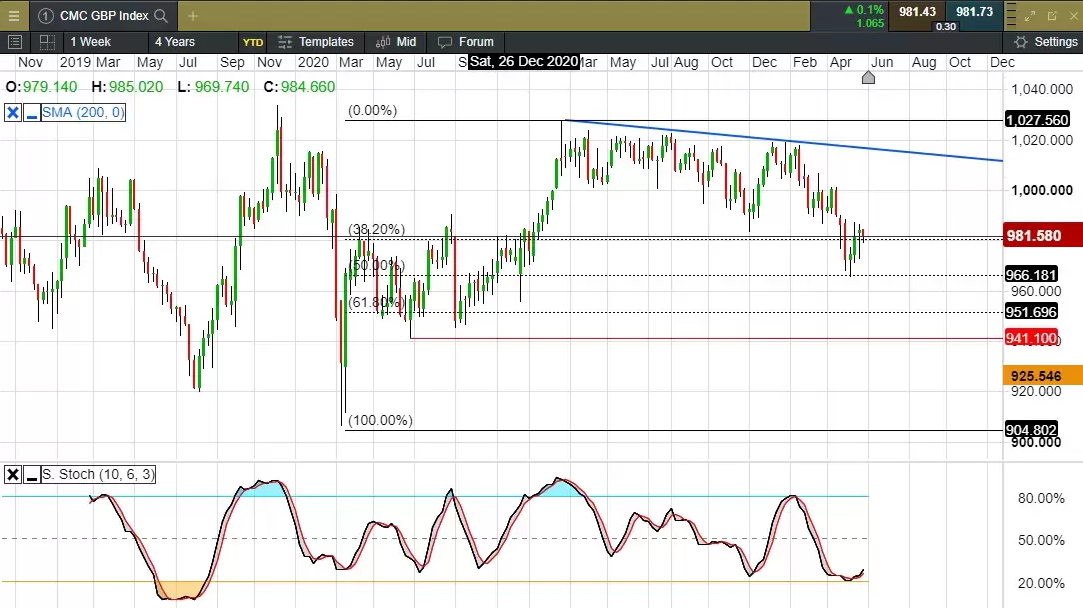Ever since the UK voted to leave the European Union back in 2016 the pound has been the subject of hyperbole, scaremongering, and on the verge of an existential crisis, and here we are again with the latest round of missives, indulging the Private Frazier of Dad’s Army catchphrase of “We’re Doomed”
It’s not as if we haven’t been here before over the last few years. We regularly hear about the possible demise of the US dollar, with the latest speculation being that the Chinese yuan might eventually replace it being the latest theory.
Critics have pointed to the pound’s recent weakness against the US dollar, the challenges posed by the pandemic, supply chain disruptions, as well as the obstacles posed by our changing trade relationships with Europe.
Putting to one side the competencies or otherwise of the current government, some of the reasons for the pound’s problems include the Bank of England’s communications strategy, or lack of it, which for the last ten years has been especially shambolic, so there’s nothing new there.
The Bank of England certainly does face challenges, however, that is more to do with a groupthink mentality that prevents it from reacting the way it should when it comes to interest rates, and monetary policy.
There is also doubt as to whether interest rate rises can come to the rescue of the pound, and that’s certainly a valid criticism, but it’s no lesser criticism than it was back in 1992, when the Bank of England tried the higher interest rate route in trying to keep the currency inside its ERM trading bands, a move that ultimately failed.
Various investment banks have been warning of the demise of the pound for years now, predicting parity against the euro pretty much every year since 2008, when it slipped to 0.9800, and while it has seen several attempts to hit that target in the last 14 years it hasn’t even come close to matching those 2008 lows since then.
In the last few weeks, we’ve seen a fresh round of warnings, that the pound was at risk of further sharp declines and a period of prolonged weakening, due to the upcoming shift in interest rate policy by the European Central Bank, while the Federal Reserve is likely to have to go much harder on rates than is currently being priced.
Both are valid concerns given the doubts over the Bank of England’s appetite to match that same tightening bias, however, the warnings have become so regular now that they run the risk of becoming a bit boring, a bit like the little boy who cried wolf.
In the last few days, the debate has shifted on the European Central Bank, and how much it can look at raising rates, as inflation continues to surge to record highs across the eurozone.
ECB President Christine Lagarde certainly faces challenges; however, it should be remembered that it is likely to be very difficult for the ECB to raise rates significantly, with respect to controlling yield differentials between German bunds and Italian BTPs, and other highly indebted European nations. A sharp rise in borrowing costs here will present a very different type of challenge if spreads widen.
Against the US dollar, the pound has certainly come under significant pressure, but it hasn’t been unique in that, with the US dollar index rising to its highest levels since December 2002 last month, and the Japanese yen getting hit even harder.
Looking at a GBP/USD weekly chart the pound currently sits above a key support area at 1.1980/1.2000, and recently posted a strong reversal on the weekly charts.
GBP/USD Weekly chart

Source: CMC Markets
This reversal suggests that current downside risks appear limited with the immediate risk more geared towards a move to 1.3000 than the 1.2000 area, while above 1.2450.
Sometimes it’s easy to get swept up into a particular narrative or an emotion, and every so often we get a flurry of negativity around an asset or a currency, to the point that it’s almost impossible to arrive at an alternative point of view.
Over the last two years on the CMC GBP Index, the pound has slipped back from its recent peaks but the decline has been orderly and is well above the 2020 lows, and the recent pullback has retraced 50% of the rally off those lows.
CMC GBP Index daily chart

Source: CMC Markets
Negativity over the pound isn’t new, it’s been a constant narrative over the last thirty years, with flash crashes and volatility spikes a regular feature of the currency since the 1980s.
As someone who used to trade the pound back in the 1990s, the type of volatility we’ve seen since 2016 is nothing new. Market moves of 3 big figures a day weren’t unusual and bid/ask spreads were much wider back in the 1990s, and I don’t recall there being any talk of it being an emerging market currency then.
Looking at the technical dynamics on the price charts there is little indication the pound is at risk of an “existential crisis” as shown in the charts above.
Is the pound at risk of further downside? Most certainly, but it could just as easily squeeze higher.
Does it face an existential crisis? Unlikely, and if it does, no more than the euro.
***
Disclaimer: CMC Markets is an execution-only service provider. The material (whether or not it states any opinions) is for general information purposes only, and does not take into account your personal circumstances or objectives. Nothing in this material is (or should be considered to be) financial, investment or other advice on which reliance should be placed. No opinion given in the material constitutes a recommendation by CMC Markets or the author that any particular investment, security, transaction or investment strategy is suitable for any specific person. The material has not been prepared in accordance with legal requirements designed to promote the independence of investment research. Although we are not specifically prevented from dealing before providing this material, we do not seek to take advantage of the material prior to its dissemination.
